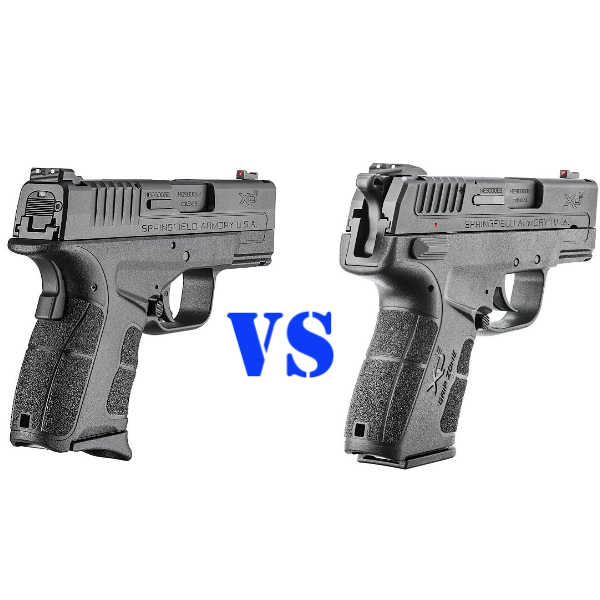
Concealed carry is an important daily activity for many people, but it's challenging due to our poor choice of pistols we choose to carry.
We know that all pistols are not made equal, therefore not every pistol will be suitable for concealed carry purposes.
Finding the right pistol to conceal carry can be a long trial and error process.
Pistols have different types of firing mechanisms and are made in many shapes and size.
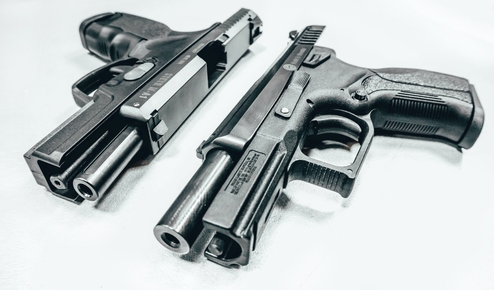
In this article, we're going to discuss the difference between striker-fired and hammer-fired pistols to help you decide which one is better for concealed carry.
Hammer Vs Striker Fired Pistols
Before we talk about which firing mechanism is better for concealed carry, we're going to help you understand the difference between hammer-fired and striker-fired pistols.
Hammer and Striker fired pistols are easy to visually identify. Hammer-fired pistol has a visible striker on the rear part of the slide. The striker fired pistol does not.

Firing Mechanism
The striker-fired pistol uses a spring-loaded firing pin, referred to as the striker, to engage the primer and fire the gun when the trigger is pulled. The entire mechanism is enclosed within the slide of the pistol.
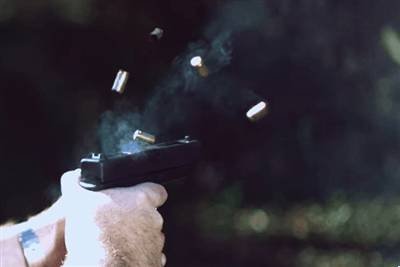
A hammer-fired pistol has a firing pin that must be struck by a visible hammer that is located on the rear part of the slide, to engage the primer and fire the gun when the trigger is pulled.
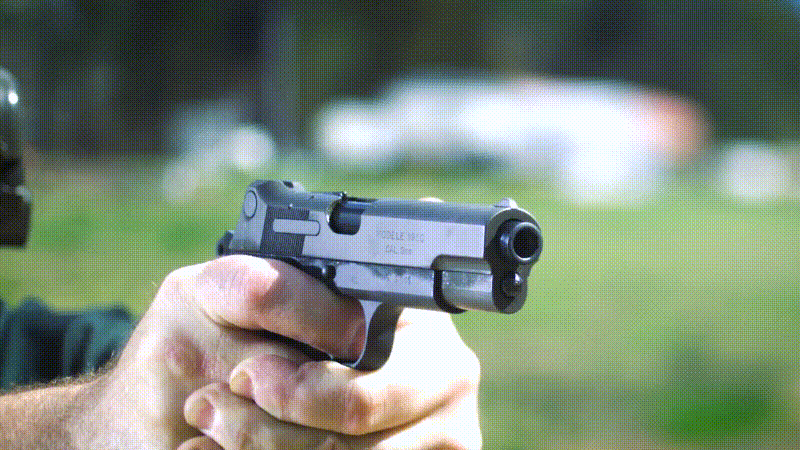
In most hammer-fired guns, the hammer must be pre-cocked before the trigger is pulled.
Safety
Most striker-fired guns are simply and easy to fire, but they lack some of the added safety features of hammer-fired guns.
Typically, striker-fired guns do not have an actual safety mechanism built into the gun, so the trigger-finger discipline is your only safety.
Striker-fired pistols are typically single action meaning that the when the firing mechanism is cocked, it's ready to fire when the trigger is pulled.
The trigger pull is going to be consistent.
On most hammer-fired guns, the first trigger pull is going to be longer, which makes the trigger pull inconsistent.
This means that your trigger finger discipline must be perfected on striker fired guns to avoid any accidental discharges.
Most hammer-fired guns have built in manual safety mechanism that is simple and effective to use.
Most striker-fired guns do not have manual safety mechanisms.
Blocked Hammer
Typically, when we conceal carry, our guns are going to tucked deep inside of the waistband, where they will have contact with our clothing, belt, and skin.
When we draw our guns during a stressful situation the hammer could become blocked or entangled which would prevent gun from firing.
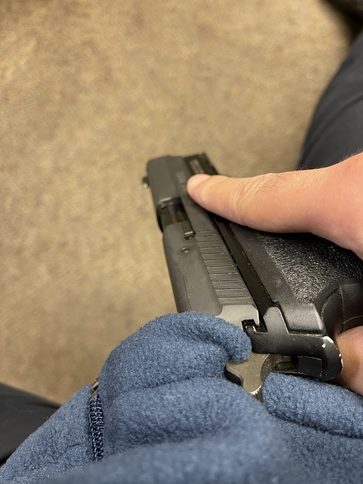
On striker fired pistols this would not be a problem since the firing mechanism is enclosed inside of the slide.
How to Avoid a Blocked Hammer?
If you're committed to using a hammer-fired for concealed carry purposes, you can avoid having any blocked hammer situations by using a pistol with an internal hammer-fired mechanism.
Final Thoughts
When it comes to choosing between hammer-fired and striker-fired guns, it's really up to users preference.
Most commonly found features on each type of gun:
Hammer-Fired Guns
Striker-Fired Guns
Although, the difference may appear to be drastic, each firing mechanism can be mastered with practice.
Thanks for visiting our site!
Checkout our BLOG for more great content!
